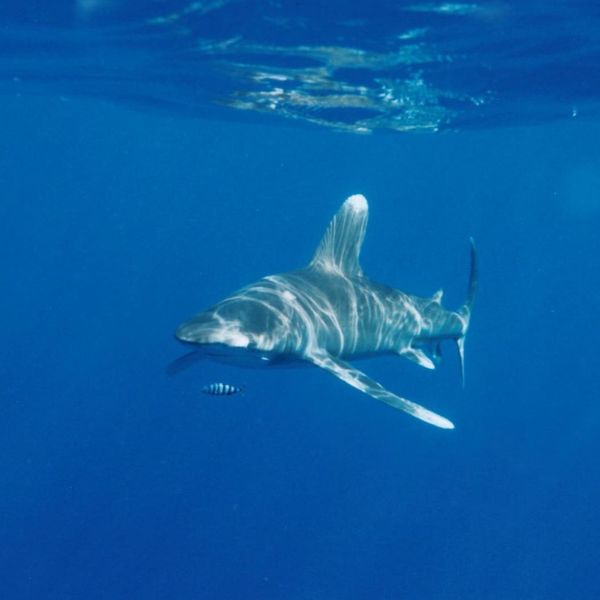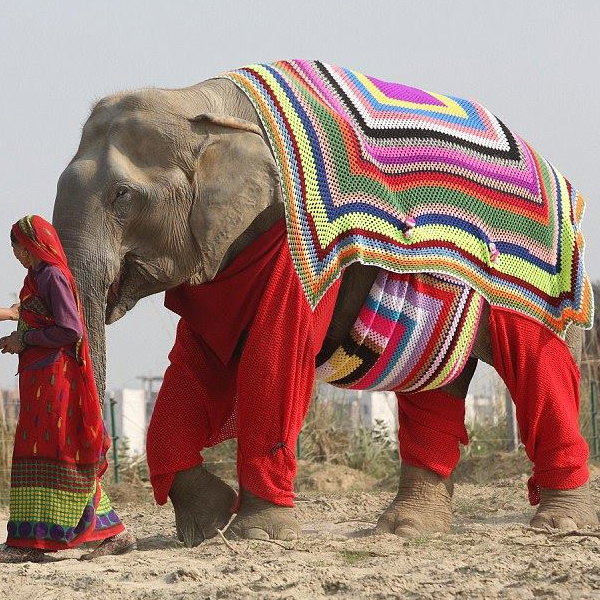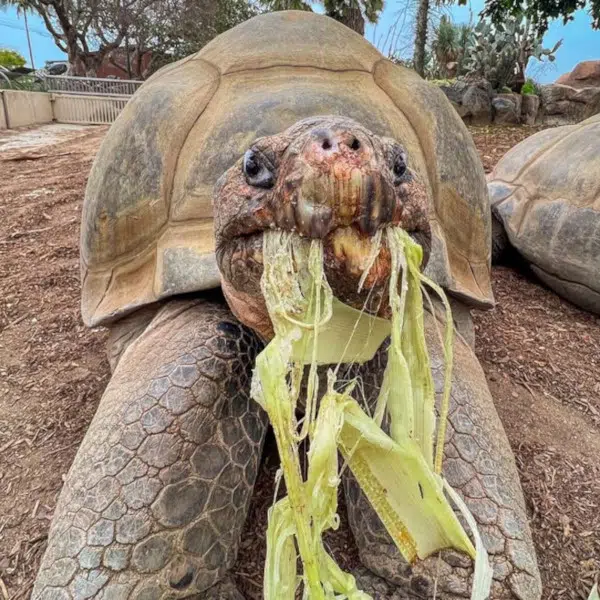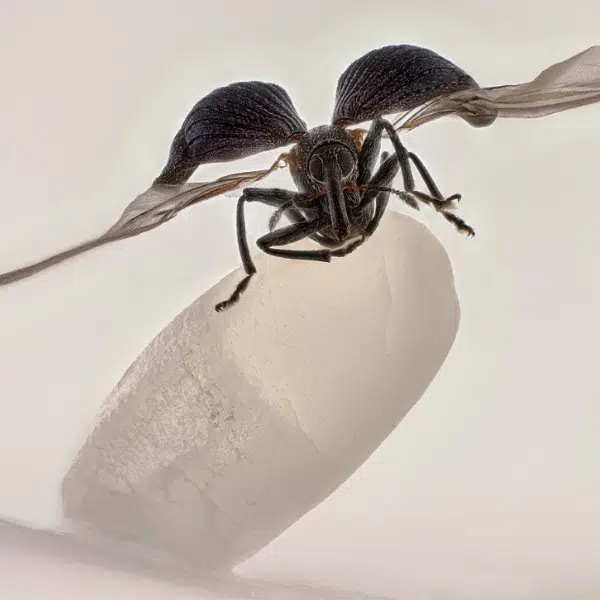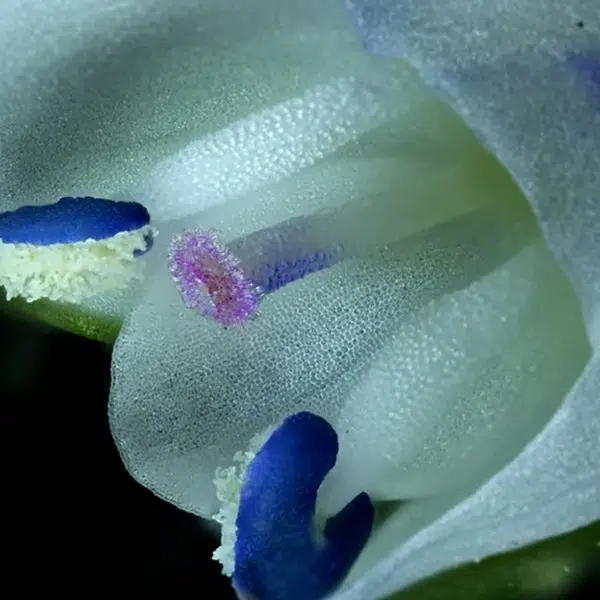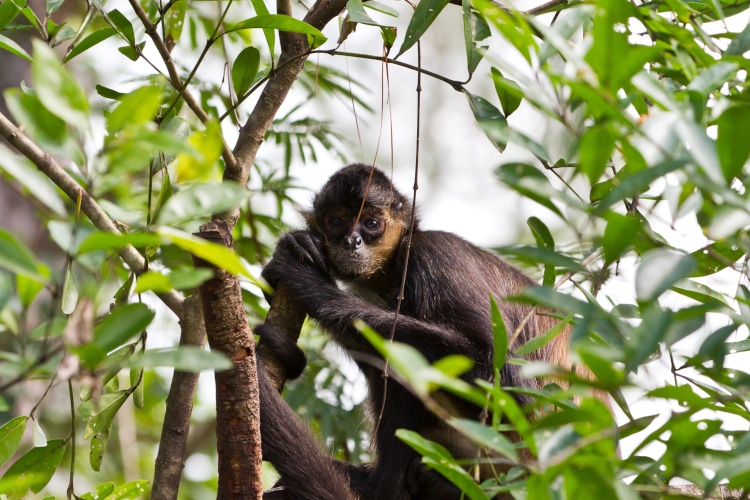
Brown Spider Monkey. (Photo: wollertz/Depositphotos)
According to the International Union for Conservation of Nature (IUCN) Red List, 777 animals have gone extinct since the beginning of the modern era in 1500. While some of those extinctions occurred due to natural causes, human impact has most certainly worsened conditions for many vulnerable species. But since we don't know all the creatures that call our planet home, the number feels small, leading many scientists to wonder: how many animal species have humans driven to extinction?
There are several reasons that the precise number is difficult to determine. For starters, the IUCN red list only begins in 1500 as that's when scientists and academics began recording the disappearance of animals. Even now, with state-of-the-art technology and thorough biological studies, it's still hard to quantify how many species have gone extinct in the last centuries. Additionally, the IUCN has only assessed the extinction risk of about 5% of the known species. This inevitably raises the number of animals that may have gone extinct without anyone noticing.
While mammals and birds are the most visible animal groups—the dodo or the woolly mammoth often come to mind when thinking of extinct animals—insects have more species than any other animal group, making them also more prone to unrecorded extinctions. The fact that many undiscovered species likely live in tropical, understudied areas makes quantification harder for academics.
In 2022, aiming to find a number, Robert Cowie, a research professor at the University of Hawaii, aided by Philippe Bouchet and Benoît Fontaine, published a study Biological Reviews. There, they suggested that as many as 150,000 to 260,000 of all known species could have perished since roughly 1500. The number surprised the study's lead author. “I thought, jeez, have I made some mistakes in the calculations?” Cowie told Live Science.
How did the researchers calculate the extinction rate? At first, they looked at a sample of 200 species of land snails and, using previous scientific studies, determined how many of the snails had gone extinct. They then extrapolated the data to all known species, calculating the number of extinctions if all known species had suffered a similar extinction rate consistently over 500 years. This led them to estimate 150 to 260 extinctions a year for every million species on Earth (E/MSY). However, after looking at other wildlife groups like amphibians and birds, the numbers varied wildly. Eventually, they noted a sweet spot.
“They tend to cluster around about 100 [E/MSY],” Cowie said. “I think that's a more reasonable, not overly conservative, but not overly exaggerated value.” This method suggests that 100,000 of the roughly 2 million known species have gone extinct over the past 500 years.
John Alroy, an associate professor in the Department of Biological Sciences at Macquarie University in Australia who didn't participate in the study, believes it's virtually impossible to calculate modern extinction rates if biologists don't know how many species there are out there to begin with.
“We should be supercautious about trying to nail a number down based on the existing literature,” Alroy says. “My feeling is that we don't have a very good fix on the current extinction rate whatsoever.”
Ultimately, it's clear to him that the number of extinctions is much higher than the 777 recorded on the IUCN Red List, and human impact is only worsening the extinction rate. “Whether the extinction rate is 100 E/MSY or 20 E/MSY or 200 E/MSY, it's still a lot, and it's still really bad,” he concluded.
How many animal species have humans driven to extinction?
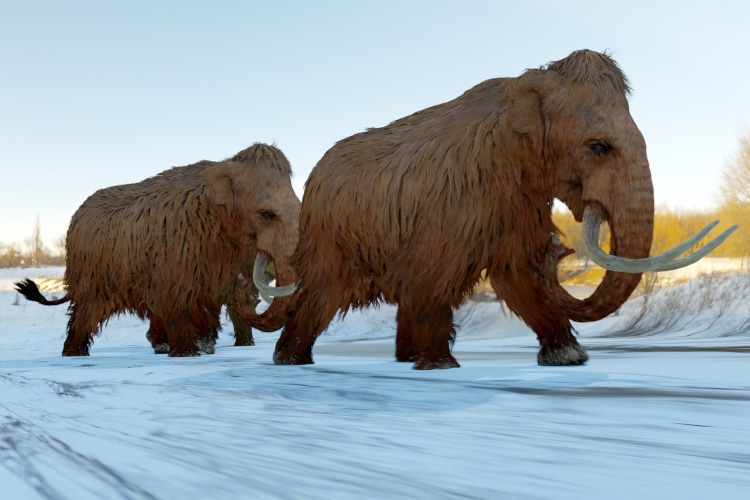
Digital rendering of a herd of woolly mammoths. (Photo: auntspray/Depositphotos)
The IUCN Red List points to 777 species since the year 1500, but scientists believe the number is much higher.
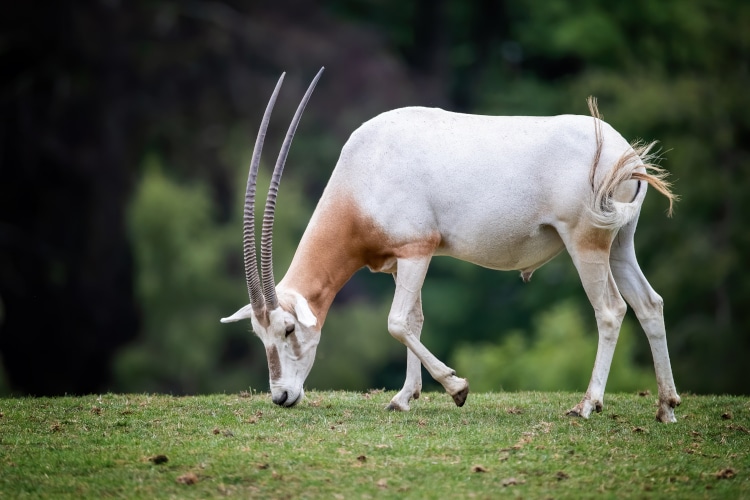
Scimitar-horned oryx. (Photo: rixipix/Depositphotos)
In 2022, researchers estimated that 150,000 to 260,000 of all known species could have perished since roughly 1500
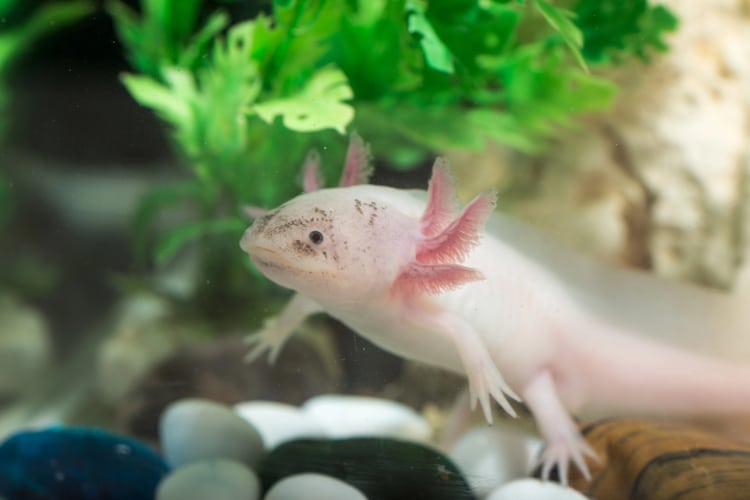
Axolotl. (Photo: Argument/Depositphotos)
h/t: [Live Science]
Related Articles:
15 of the World’s Most Endangered Animals
“De-Extinction” Biotech Company Is Working To Bring the Dodo Back To Life
Hawaiian Zookeeper Bravely Saves Critically Endangered Animals From Wildfires
Wildlife Photographers Unite in New Book To Highlight Beauty of Endangered Animals












































































